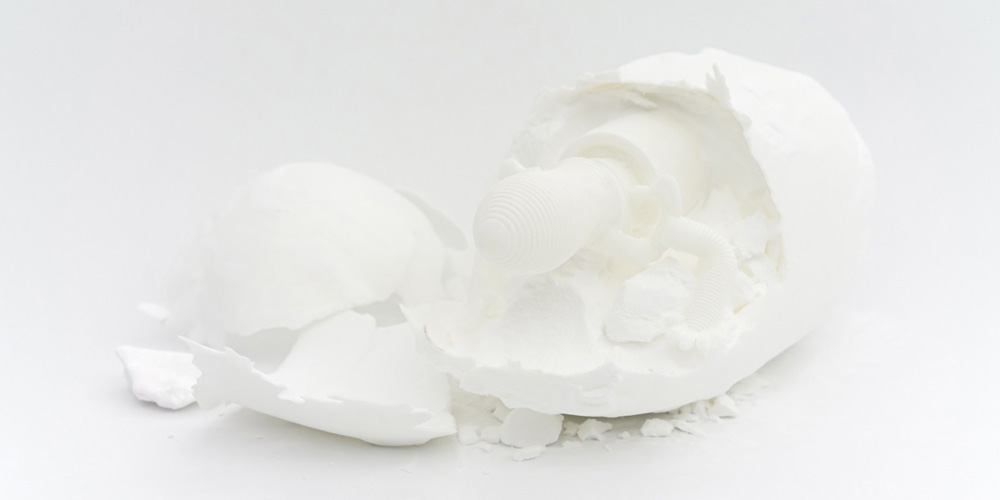
Credit: Hiroshi Sugihara
The rapprochement, as it were, of art and science, the artistic exploration of new applications, is a key factor in the increasingly social dimension of new technologies in order to comprehend how reciprocal human-machine relationships, interactions among individuals and globally networked systems can not only be better understood but, above all, better designed. International crews of artists and scientists have taken up this task, and now present their works in this exhibition space.
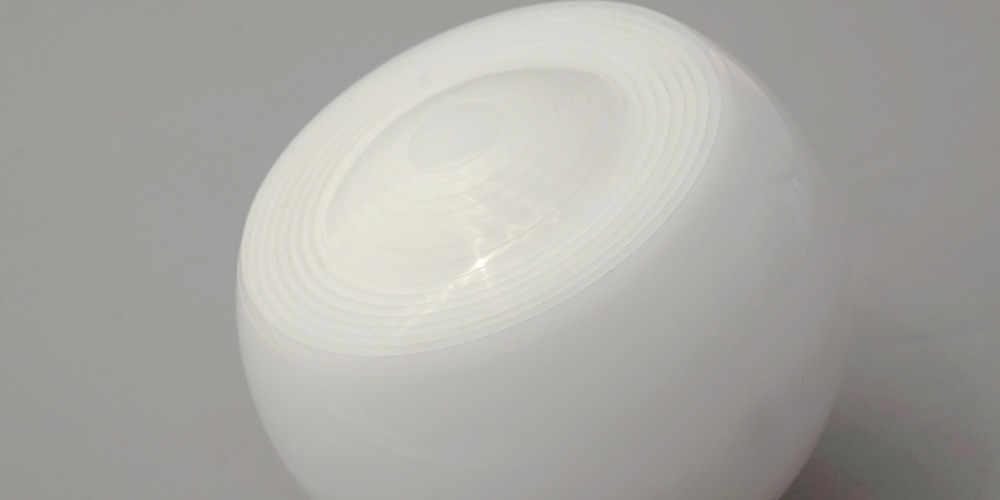
F.o.G.—Face on Globe is a concept used to study interactions between humans and artifacts. Most interactive robots are designed to have human likeness in order to make their interactions with people more natural.
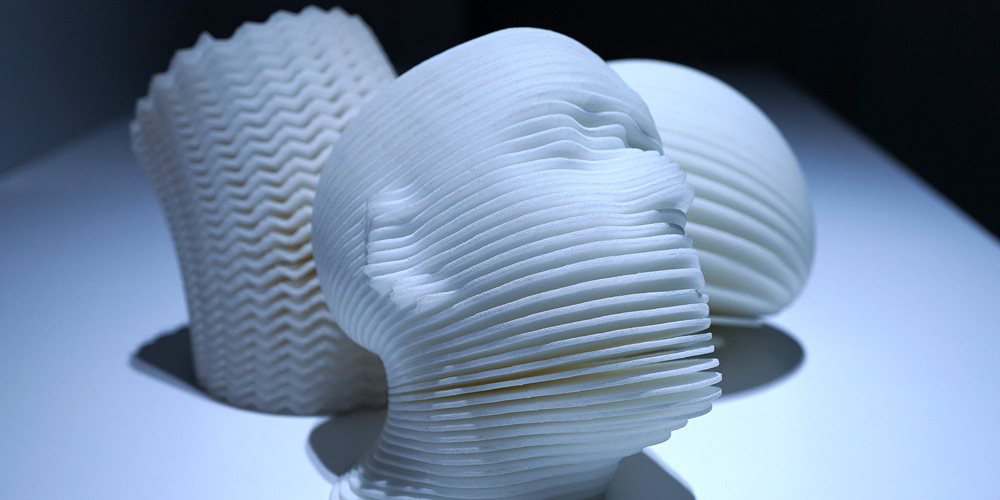
al-dente is a prototype to control an object’s stiffness using a complex structure realized by additive manufacturing (AM) technology. AM, used in 3D printing, permits the fabrication of complex shapes and can be used to produce physical properties that have previously been hard to control.
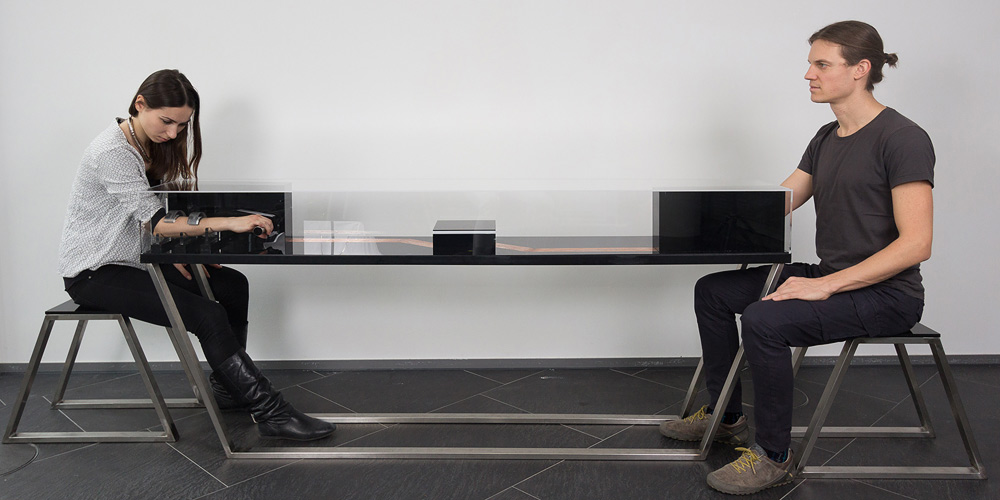
Ad Infinitum: a parasite that lives off human energy is a parasitic entity that lives off human energy. This parasite reverses humankind’s dominant role with respect to technologies: the parasite shifts humans from “users” to “used”.
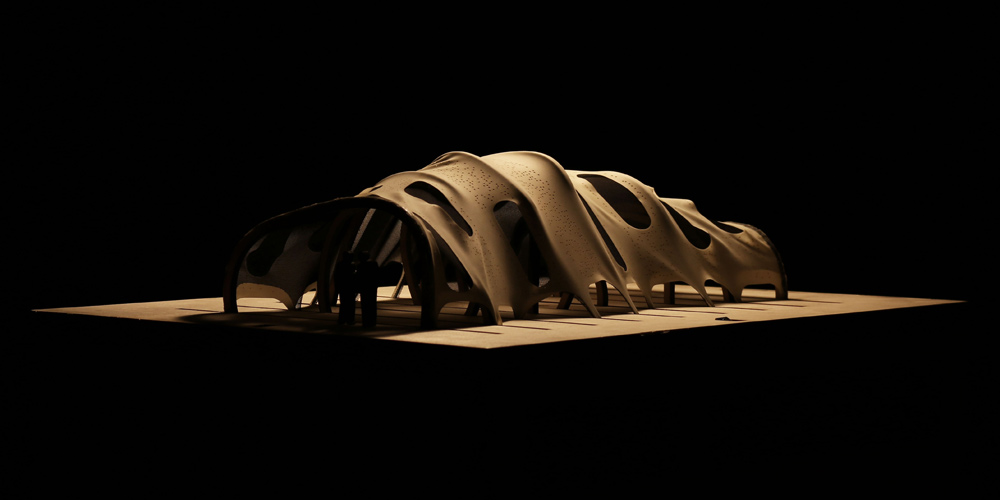
A living piece of architecture is a conceptual utopian design for housing beyond smart homes, intended to overcome existing dualisms such as digital and material, artificial and natural.
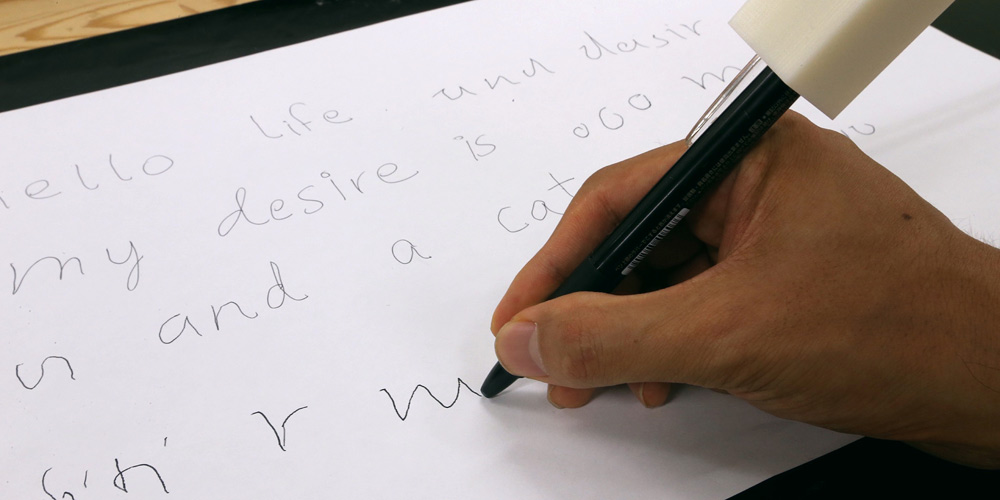
Through author(rise), the artists investigate how this relationship evolves, when the substitution leaks out of the mental domain and into our physical body
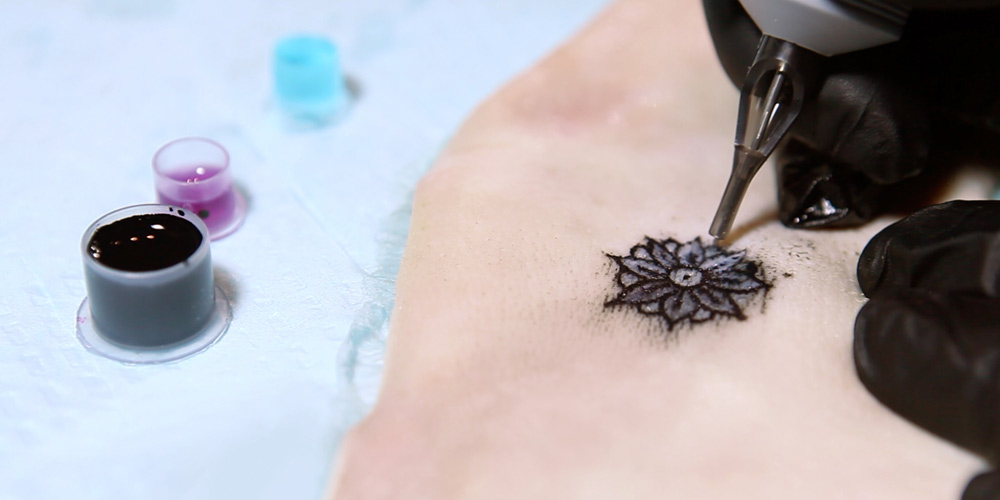
The Dermal Abyss creates a direct access to the compartments in the body and reflects inner metabolic processes in the shape of a tattoo. Traditional tattoo inks are replaced with biosensors whose color changes.
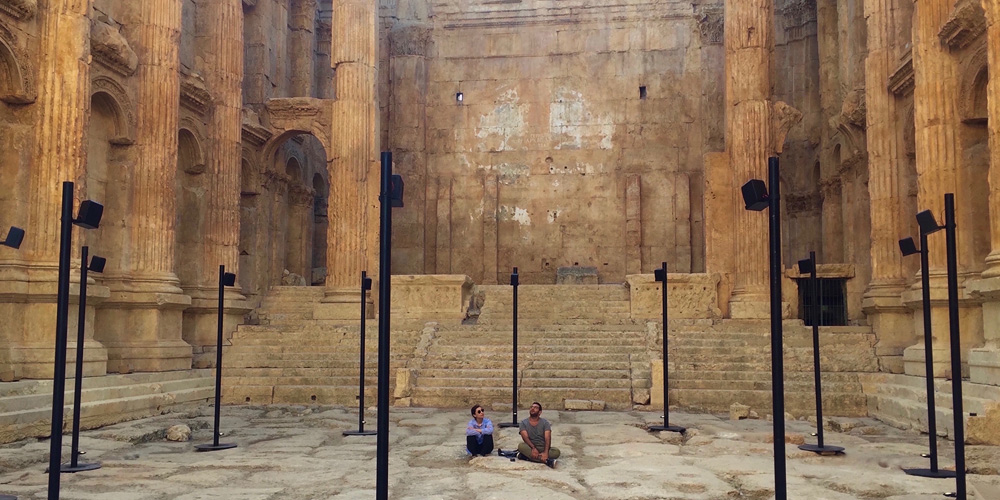
Perpetuum Mobile is a composition for a twelve-channel sound installation. Twelve loudspeakers stand in a circle. Every second a note moves from one speaker to the next, clockwise.
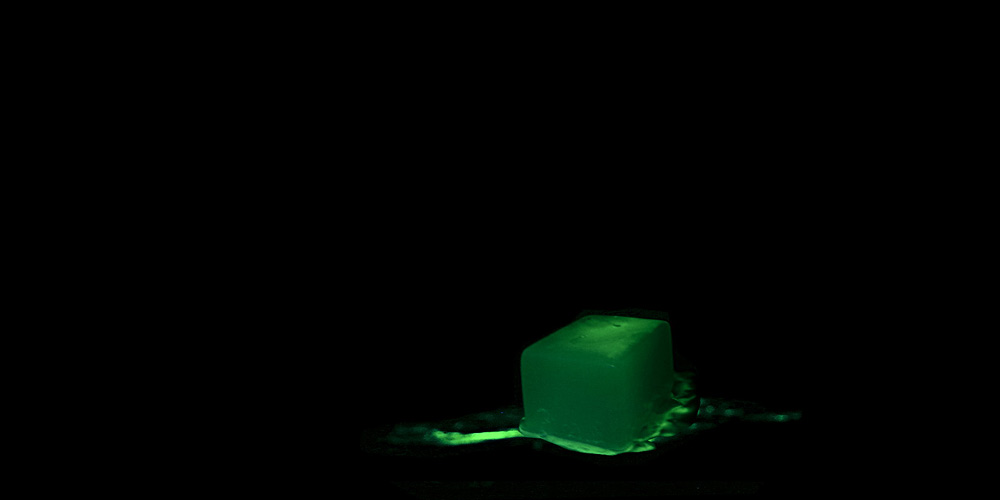
Light as a reference to the soul and consciousness glows in a gelatin cube, thus at the same time serving as a source of information.
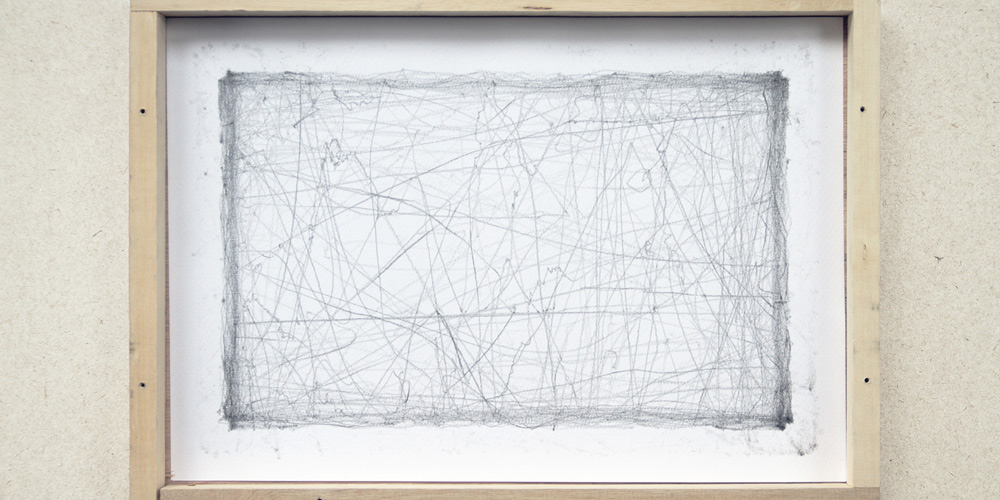
Delivery Graphic is a drawing machine that creates graphics generated by being transported between two places.
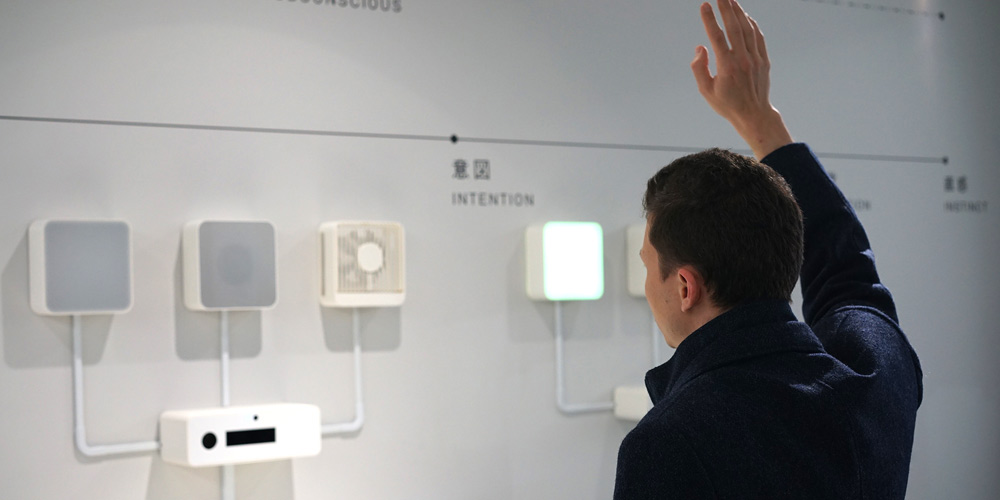
Exploring the future of the interface, we predict a future where objects can be controlled subconsciously. As technology evolves and the boundaries between the physical and digital begin to blur, new interfaces are needed.
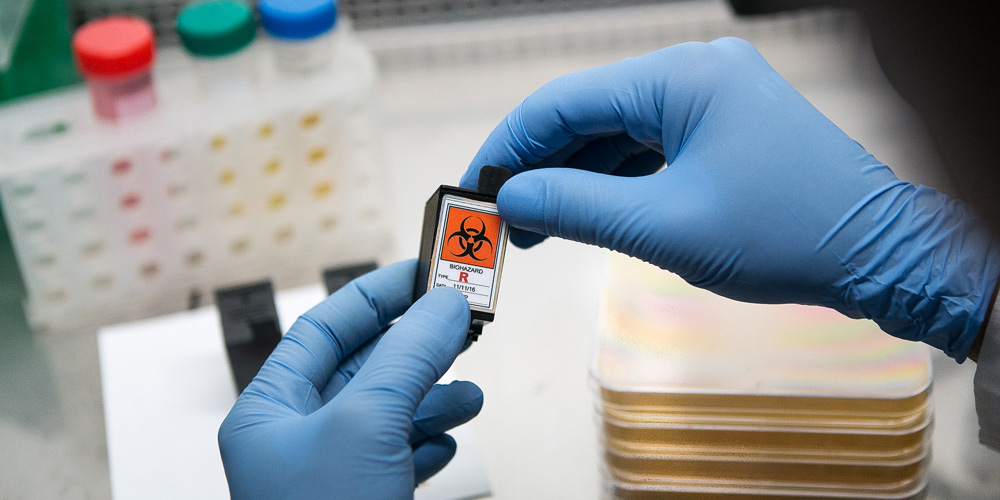
This work illustrates a future scenario in which an artificial intelligence creates new life forms and controls its development. This project is a techno-biological installation consisting of hardware, software and wetware.
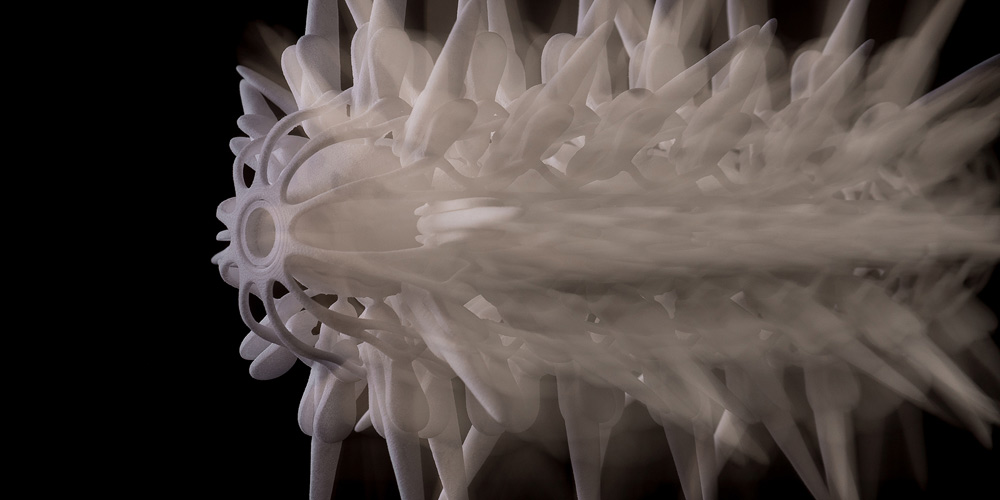
Ready to Crawl is a project of 3D-printed organic-like robots. By printing everything except the motor as one unit, the robots are born with a completed shape like real creatures. After the robots have been printed by a selective laser sintering machine, excess nylon powder is removed, a motor is inserted, and then they start crawling.
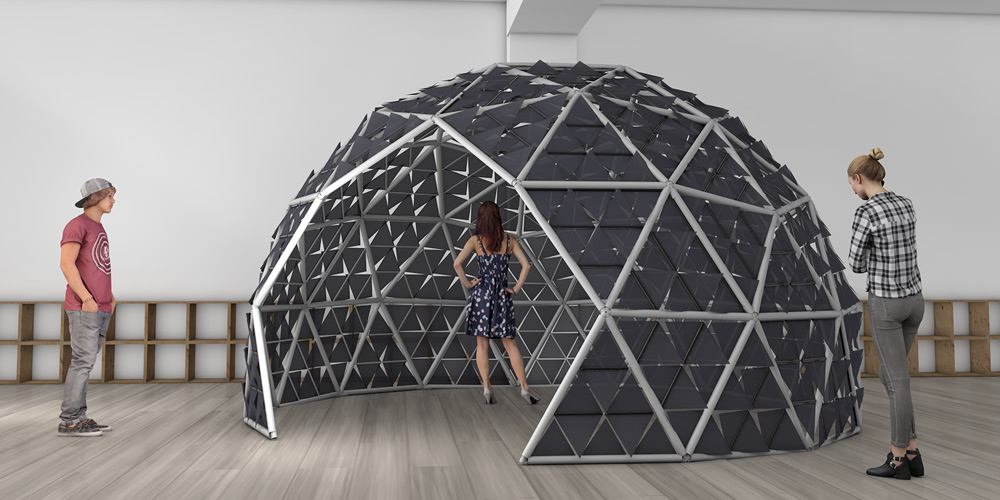
Papilion is an environmentally responsive experimental architecture making use of soft robotics technology. The surface covering the dome can change shape by the wing-like units using actuators driven by temperature conditions. It seems that the building itself is breathing.
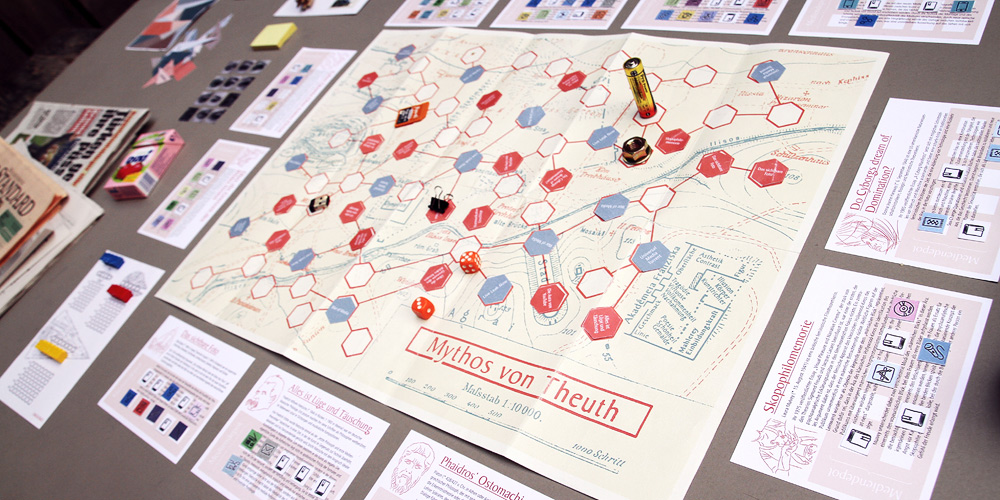
When he came to the alphabet, Theuth said: “This art, O king, will make the Egyptians wiser and richer in memory.” This is the myth of the invention of writing according to Plato’s Phaidros, which Myth of Theuth takes as base for a playful examination of media theories.
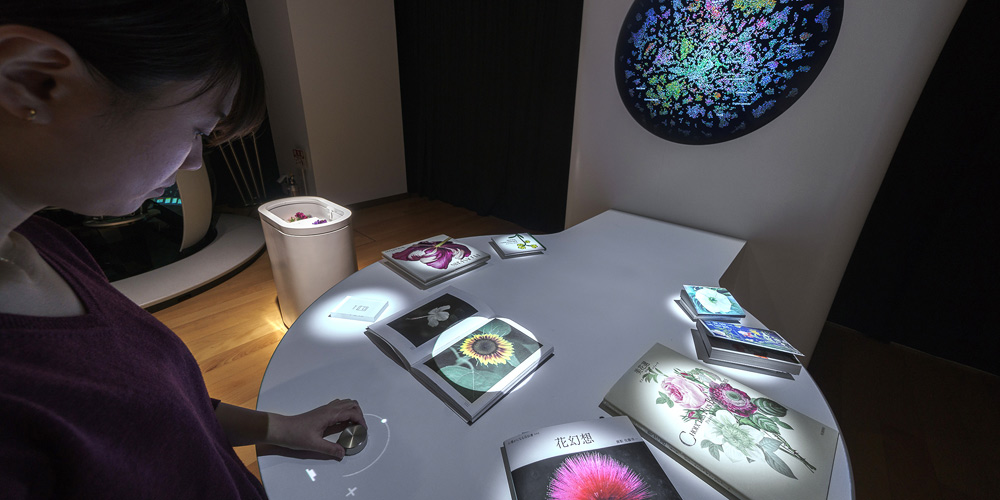
The latest AI research makes it possible to teach computers the names of things by showing them many examples. The key is a large amount of training data and deep learning software. By leveraging this, the artists have developed an AI capable of classifying 406 kinds of flower by using over 300,000 flower pictures.

















